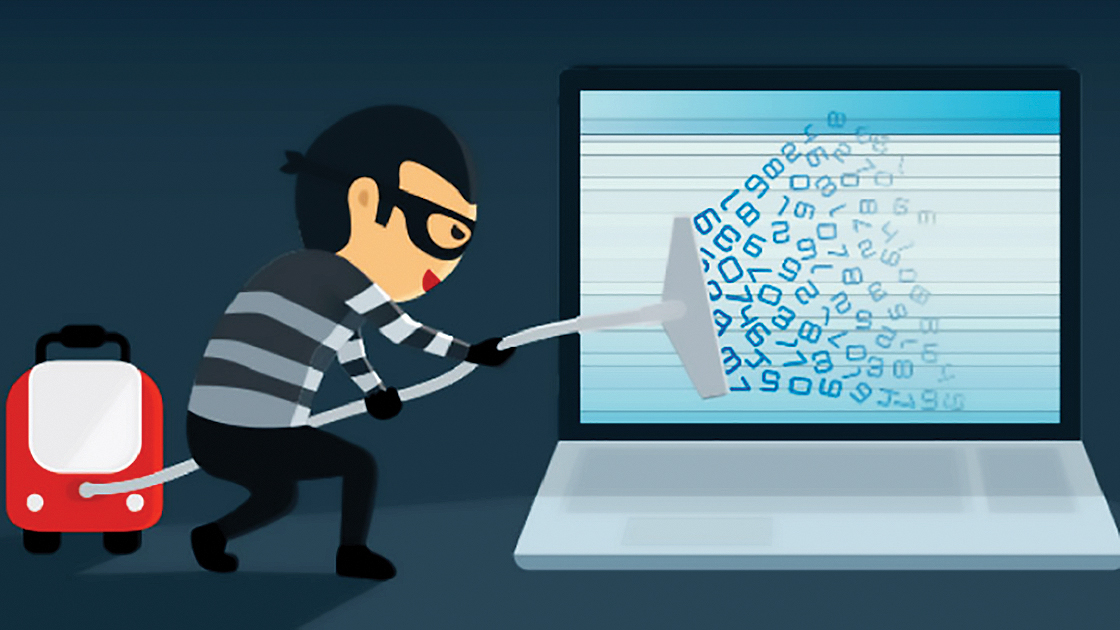The Cyber Cell is struggling to ward off cyber crimes with their limitation in terms of manpower and training, which resulted in 80% of the cases remaining unsolved
Throughout the year 2018, a number of states in India had been targeted with cyber frauds. And as it turns out, India ranks fourth in the list of the top 10 countries prone to cyber attacks. The number of cyber attacks is increasing as cyber criminals are using them for the likes of financial and identity fraud.
In July last year, there was a hack in the Canara Bank ATM systems in Kolkata. The hackers used ATM skimming technology to extract the details of debit card holders, and then made off with nearly Rs 20,00,000 from multiple accounts. Nearly 50 people had fallen victim to this robbery. The criminals made minimum and maximum transactions of Rs 10,000 and Rs. 40,000 respectively. It was rumoured that they had the bank details for at least 300 people who used the ATM. It was later found that the scam was being run from New Delhi by two men, who happened to be a part of an international gang using skimming techniques to steal bank data.
Delhi is struggling to field cyber attacks like these with a despairingly small team of officials in the Cyber Cell. As of 2018, the cyber cell was equipped with only 50 staffers. Not only this, but they were also unable to solve close to 80 per cent of the cases that landed on their desk staring from 2017.

There have been more recent cases of cyber frauds and scams being run out of Delhi. One of the most significant being that of the hackers working out of fake call centres, who were impersonating Microsoft tech support employees. They would call US citizens, masking their number as the customer support one. They would then instruct the people to install a new software, which allowed the hackers a Trojan horse to remotely access their computer systems and extract their bank details. Over 100 US citizens complained of falling prey to this scam. On investigation, over a dozen Indians were found guilty and consequently arrested.
Point to be noted, however, is that the Cyber Cell did not get to the bottom of this alone. It was a senior official of Microsoft, who had registered the first FIR. They had already collected the data and found the IP addresses of the systems used. This information was passed on to the Cyber Cell, following which the IPs were traced and the locations raided. The police suspected a host of at least 10 call centres based out of the North and North west districts of Delhi to be involved in this mammoth scam.
Early this year, the Cyber Cell was bombarded with complaints of financial fraud. Many people were still using the magnetic stripe cards, and hadn’t changed to the EVM chip versions yet. The frauds were calling people posing as the credit card companies, claiming that their old cards would be deactivated and a new EVM chip card would be sent to them in a matter of hours. Soon after this, large amounts of money were going missing from their bank accounts. This was a time when the Cyber Cell was getting a lot of other complaints about fraudulent transactions as well, due to the sudden rush of hasty changing of debit/credit cards.
Reports claimed that of the total complaints that arrived at the cyber cell, 70 per cent of them were discontinued at the very initial stages, thereby not even filing an FIR for them. From 2017 to mid-2018, of the 110 cases that were reported, only 26 were registered as FIRs. Last year began with a modicum of success for the cell, but that quickly faded out when the cases started growing in numbers. The mobile van equipped with the latest softwares for investigating hacking, extortion and identity theft had barely moved 100 km till December 2018.
Cyber crime is a large umbrella under which many different kinds of crimes feature — from financial fraud and identity theft to stalking and bullying. A functioning and well-equipped system is required to combat this. At the beginning of this year, the Delhi Police claimed that battling cyber crime will be one of the priorities of 2019, and that a number of initiatives and systemic changes are in place, in terms of training and man power. One hopes that these measures will translate to tangible shifts in the cyber crime rates this year.





